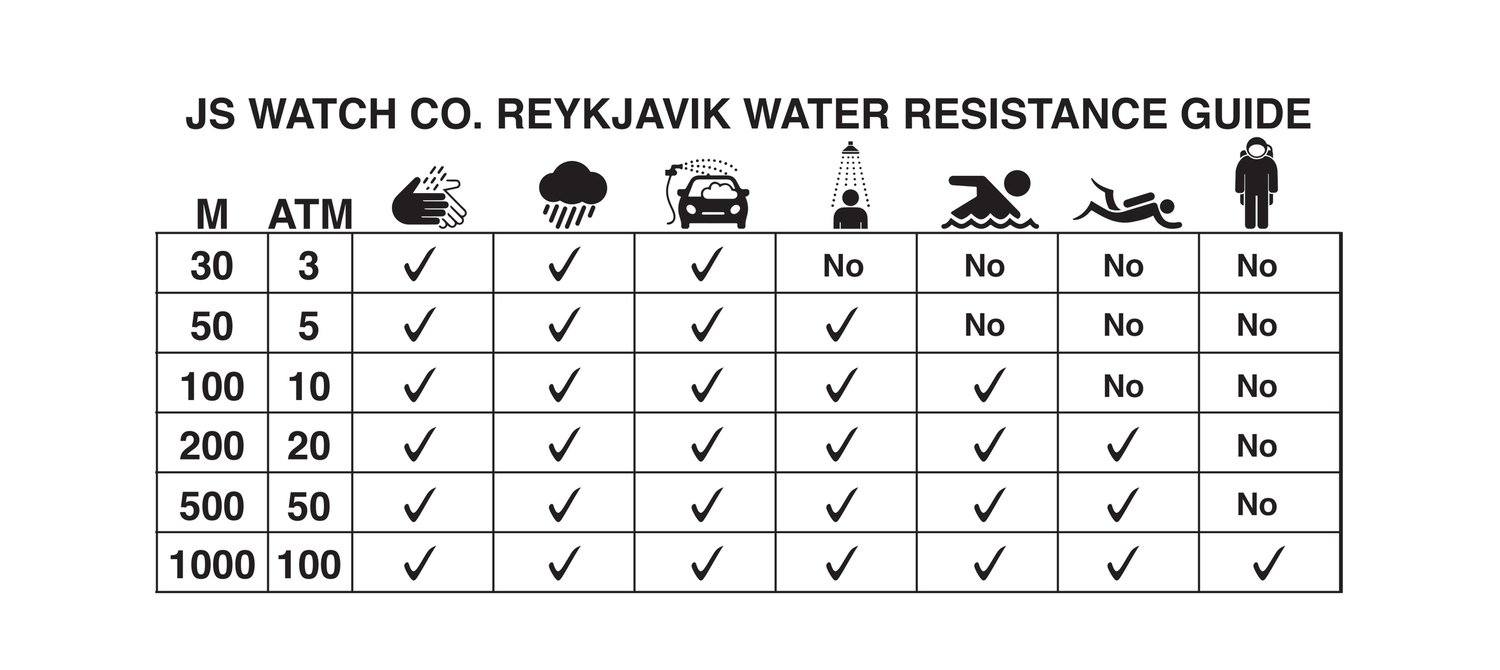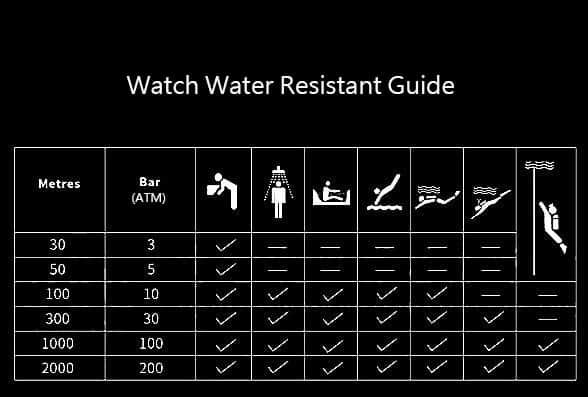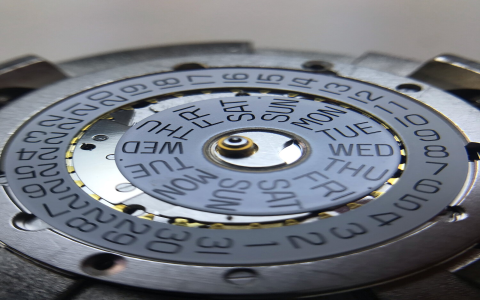You know, it’s funny how some seemingly simple things can be so darn confusing. I’m talking about water resistance ratings on watches. For years, I just kind of nodded along, thinking I understood it. Turns out, I was mostly wrong, and I found out the hard way, which is usually how I learn things, to be honest.

It all started a few years back. I’d bought myself a nice-looking watch, nothing too fancy, but it clearly said “Water Resistant 50 Meters” on the back. “Great!” I thought. Perfect for my upcoming beach holiday. So, there I was, first day, took a dip in the sea – not even proper swimming, just splashing about with the kids in the shallows. Later that evening, I noticed condensation under the glass. By the next morning, that watch was as dead as a dodo. I was pretty annoyed, felt a bit cheated, actually. 50 meters, my foot! It barely survived 50 centimeters of gentle splashing.
So, I decided I needed to get to the bottom of this. What did these numbers really mean? I started digging around. First, I checked out the manufacturer’s websites. Vague. So vague. Lots of pretty pictures of people surfing or sailing, but the actual explanations were buried in tiny print or just unhelpful. They’d say “suitable for swimming” for one rating, then another brand would say the same rating was only good for showering. It was a mess.
I then dived into forums and watch enthusiast groups online. More information there, for sure, but also a lot of conflicting opinions. Some folks were adamant you could swim with a 30M watch (spoiler: you really can’t, not if you want it to live), while others wouldn’t trust a 100M watch to survive a heavy rain shower. It was like everyone had their own personal, often contradictory, experiences. It felt like trying to nail jelly to a wall.
Figuring it Out and Making Sense of it All
After a lot of reading and piecing things together, I started to see a pattern. The “meter” rating isn’t really about the depth you can take the watch to. It’s more about the pressure it can withstand in a static lab test. Real-world water activities, like swimming, involve dynamic pressure changes – your arm moving through the water, the impact of a dive, even strong jets from a shower. These can easily exceed the static pressure rating.
I realized I needed a simple, no-nonsense guide for myself, and maybe for others who were just as confused as I was. So, I decided to compile all my findings into a straightforward chart. I wasn’t going to invent anything new, just collate the generally accepted, practical advice I’d managed to unearth.

Here’s basically what I put together in my notes, which then became my go-to chart:
- Water Resistant (or just “WR” or 30M / 3 ATM): Okay, this is the absolute basic. Think splashes of water when you’re washing your hands, or getting caught in a light rain shower. Do not swim with it. Do not shower with it. Seriously, just don’t.
- 50M / 5 ATM: This is where it gets tricky and where my old watch met its doom. Officially, some say it’s okay for showering or very light, still-water swimming. Personally, after my experience, I wouldn’t risk it for swimming with any watch I cared about. Maybe a quick shower if you’re careful, but I’d still be wary. Too many sad stories out there.
- 100M / 10 ATM: Now we’re talking. This is generally considered safe for recreational swimming, snorkeling, and other water sports that don’t involve deep diving. This is the minimum I’d look for if I wanted to regularly swim with my watch.
- 200M / 20 ATM: This is a more robust rating. Good for serious surface water sports, skin diving, and even some types of recreational scuba diving (though if you’re a serious diver, you’ll want something more specific). These often have screw-down crowns for better protection.
- Diver’s Watches (often 200M, 300M, or more, with ISO 6425 certification): These are the real deal for scuba diving. They have to meet specific international standards for pressure, legibility, and other features. If you’re going deep, this is what you need. No ambiguity here.
So, I jotted all this down, made it into a little table for my own reference. It wasn’t rocket science, but it was clear, and it cut through all the marketing fluff and forum arguments. It was born out of frustration, really. The watch companies could make this so much clearer, but it seems they prefer a bit of mystery, or maybe they just don’t want to scare people off by saying a “50 Meter” watch isn’t really for swimming in most cases.
Anyway, that’s my journey into the murky world of watch water resistance. I made my chart, and I’ve stuck to it. Haven’t drowned a watch since. Hope sharing this helps someone else avoid the same soggy disappointment I had that holiday!

